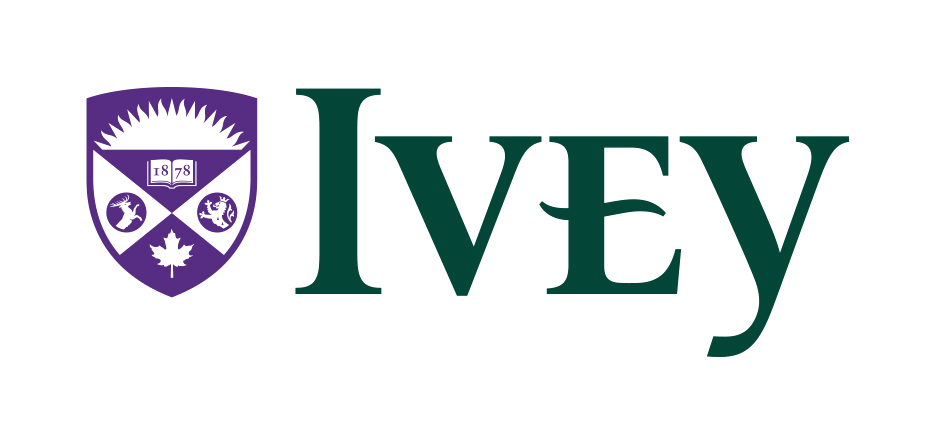Behavioural
Economics
Session 11


Joshua
Foster
👨👩👧
🏃
🇨🇦 🇺🇸
🏃
🇨🇦 🇺🇸

Agenda
- Group project discussion.
- Choice architecture problem: retirement savings plans.
Project overview.
- Objective: use behavioural economics to improve the outcomes within a community according to its own preferences.
- Presentation: a 10-15 minute overview of the proposal to take place during the last week of class.
- Report: a slide deck that provides detail including and extending what was shared in the presentation. It is due the day the team's presentation is scheduled.
Recommendation for presentation structure:
- Identify a social or business problem.
- Demonstrate how a behavioural theory can explain this problem.
- Provide a solution that could feasibly fix the problem.
- Describe the expected improvements that result from the policy being implemented.
| Speed | Jessica Le | James Yeretsian | Adam Dilouya | Leanne Li | Alex Ha | Teodor Popovski |
| Knowledge | Yanyan Law | Olivia Boucher | Albi Nani | Duke Osei | Eric Bromley | Naomi Tallur |
| Confidence | Zach Train | Nicolas Bottger Malaga | Raghushek Jain | Sumer Dikshit | Joy Han | Fiona Pan |
| Courage | Tanner Woods | Jasmine Xing | Miguel Silva | Olin Wakkary | Eric Wang | Caitlyn Liu |
| Insight | Yinjie Pan | Jade Ta | Anthony Rinaldi | Zach Fairfield-Bell | Sharnpreet Gill | |
| Wisdom | Sebastian Brown | Anthony Berg | Evelyn Zheng | Emma Hristov | Cecily Wilson | Brooklyn Bere |
| Energy | Allen Gao | Aurora Hua | Emily Li | Guillaume Masson | Thomas Peck | Shahryar Safdar |
| Strength | Areeb Athar | Flora Sun | Raza Mustafa | Olivia McLaughlin | Joseph De Sousa | |
Choice architecture problem: retirement savings.
- "70% [of Canadians] are worried that they are not saving enough."
- Almost no one thinks they are saving too much.
How can choice architecture guide the under-savers without disturbing those who are already on track?
Instructions:
- Categorize a list of behavioural concepts according to their relative presence and effect on savings decisions.
- Document specifically how the three most relevant behavioural concepts influence decision-making.
- Using your insights above, design an environment in which a community of people will make savings decisions.
- Select a team member to report back to the class.
Team Task
With your team, take the next thirty minutes to complete the Miro board tasks. All teams will report back when time is up.
Thaler's Save More Tomorrow (SMarT) Plan
- Found a company wanting to improve employee savings.
- Thaler worked with those empolyees who refused traditional financial advisement.
- "Would you like to save more with your next raise?"
- Amount was less than their raise.
- Continued with each raise.
Ultimately saved more than those with financial advisor.
Why did this plan work?
- Present bias: it sidesteps short-run impatience.
- Loss aversion: it didn't require a decrease in consumption.
- Default effect: a small cost to switching kept employees saving.